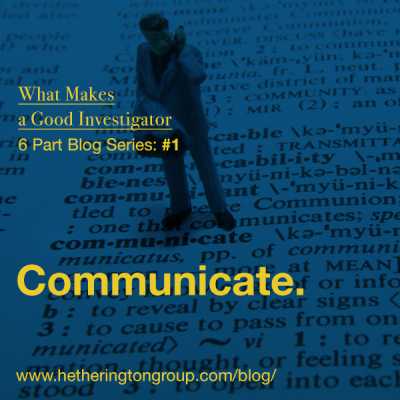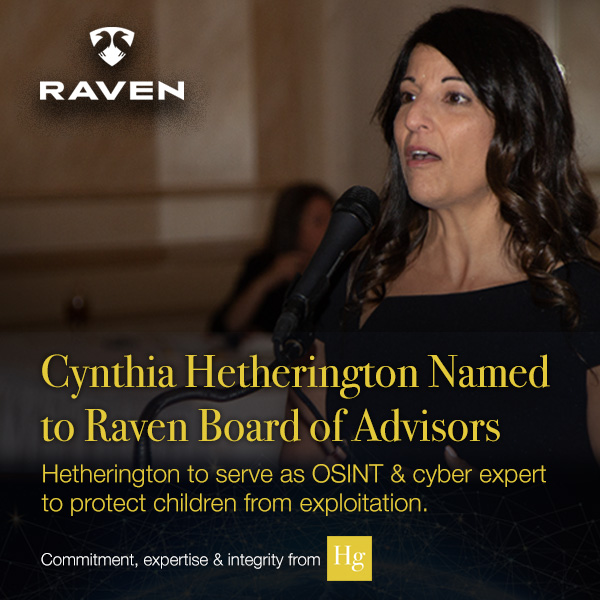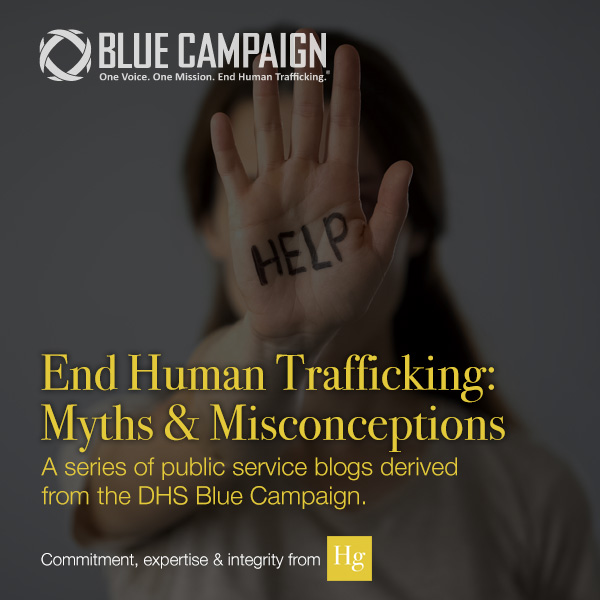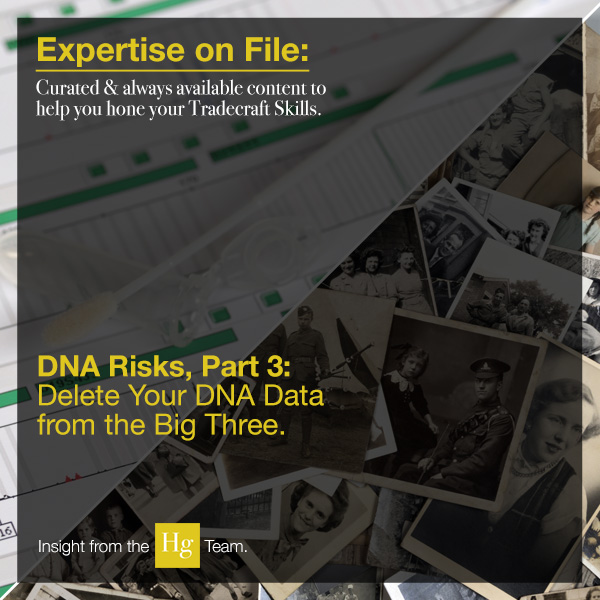By Cynthia Hetherington

Success is a journey, not a destination. ~ Ben Sweetland
In a fast-paced, answers-now business environment, it is important to recognize the roles patience and precision play. Before you race into databases, charge into courthouses, and relay facts to clients, you must first learn to CRAWL: Communicate Research, Analyze, Write, and Listen.
CRAWL allows investigators to implement a foundational approach for receiving new projects, reporting their findings, and transcending their competitors in customer-service response.
Good investigators say that research is the most important step. Successful investigators say that analysis and good report writing can be very profitable. Great investigators know it is all in communicating with their clients, with an emphasis on listening. A solid investigator who is profitable, well-respected, and seeking steady work needs all five components.
Veteran investigators know that there are specialists in certain fields of research. Some fields of specialization are arson, surveillance, business backgrounds, organized crime, matrimonial, defense, and legal. As varied as these fields are, these experts all utilize the fundamentals of CRAWLing.
CRAWLing demands skills beyond the investigator’s specialization. CRAWLing is the business model for investigators, just as the scientific method is a constant for scientists.
Without a fundamental application of the principles of CRAWL, an investigator may have a short career, because she or he will not see return business, will become frustrated over inconsistent reports, and will not understand why the phone is not ringing. In this 6-part blog series, we will teach newbies how to CRAWL and help seasoned investigators refine their skills. This week, we discuss how to Communicate effectively and sincerely.
Communicate
A good deal can be learned from your own clients, as they tend to be lawyers, business professionals, and executives. When pressed for time, there is often little to spare on chit-chat when they are engaging your services. There will be a litany of questions about your services, fees, deliverable products, and timeline. Also, a well-versed client should ask you about any ethics-related issues that might be associated with your investigation.
Confidence is key when engaging your clients. But this only addresses one half of the equation when it comes to communications. This half talks about style, finesse, and politicking your clients and colleagues. The other half is expressing sincerity. It’s about connecting with your client. Law enforcement is often noted for its jaded demeanor at crime scenes. That is a self-protection method that is necessary for them to perform their jobs effectively. However, you will find as I did, that it does not work in private practice. As a “for-hire investigator” or researcher, you do not want to appear cocky or jaded. This is serious stuff with no room for showboating. Even if the client’s judgment seems stretched thinly, or if it is your fifth matrimonial case in a week, you need to connect with this client. He must feel that you are competent like impressive attorneys with their “lawyer speak,” yet you must be personable like a good neighbor.
The first application to communication is honesty. You must create a connective line of communication with your client. He may come to you with an important need, a sensitive situation, or a business requirement. So, that first conversation is very important and will set the standard for all future conversations. The best thing you can do is listen, absorb and collect, and to try to engage him in conversation that forces out the information about his project, as well as himself. This approach is to engage him as a person and win his trust. He is about to spend a considerable sum of money with your firm. You want him to be as closely connected to you as he is to his family doctor or his brother or priest. In the end, you will hold as many secrets regarding his case as the doctor holds about his medical history.
Communicating can happen in many terrains no matter how short the encounter. If your first meeting with a client is face-to-face, show your sincerity about his concerns. Body language, appearance, and demeanor may contribute to a good connection, or the face-to-face could serve as a warning of boundaries or expectations. If you cannot have that initial facetime, make sure to create a follow-up visit during or after your case. In the meanwhile, every time you talk to the client, he needs to know that he has your undivided attention, especially when you are in talks on the phone.

Are you an analyst or investigator looking for introductory training on conducting OSINT investigations? If so, check out Hg’s recorded webinar, Online Social Media Primer Series. This introductory primer series will teach you why to use these platforms, how to get into them, where to look, what nuances and leads you need to chase down, and how they are all interrelated. We’ll also discuss how to capture content per service, so you can present it in your reports.
 With over twenty-five years of global experience in open source investigations and one of the first investigative firms to conduct online social media investigations, Hetherington Group develops advanced cyber investigations unique to your needs. Learn how Hg’s analysts can clear through jargon and uncover answers buried deep in open sources, social media pages, and Dark Web sites.
With over twenty-five years of global experience in open source investigations and one of the first investigative firms to conduct online social media investigations, Hetherington Group develops advanced cyber investigations unique to your needs. Learn how Hg’s analysts can clear through jargon and uncover answers buried deep in open sources, social media pages, and Dark Web sites.
 Cynthia Hetherington, MLS, MSM, CFE, CII is the founder and president of Hetherington Group, a consulting, publishing, and training firm that leads in due diligence, corporate intelligence, and cyber investigations by keeping pace with the latest security threats and assessments. She has authored three books on how to conduct investigations, is the publisher of the newsletter, Data2know: Internet and Online Intelligence, and annually trains thousands of investigators, security professionals, attorneys, accountants, auditors, military intelligence professionals, and federal, state, and local agencies on best practices in the public and private sectors.
Cynthia Hetherington, MLS, MSM, CFE, CII is the founder and president of Hetherington Group, a consulting, publishing, and training firm that leads in due diligence, corporate intelligence, and cyber investigations by keeping pace with the latest security threats and assessments. She has authored three books on how to conduct investigations, is the publisher of the newsletter, Data2know: Internet and Online Intelligence, and annually trains thousands of investigators, security professionals, attorneys, accountants, auditors, military intelligence professionals, and federal, state, and local agencies on best practices in the public and private sectors.



